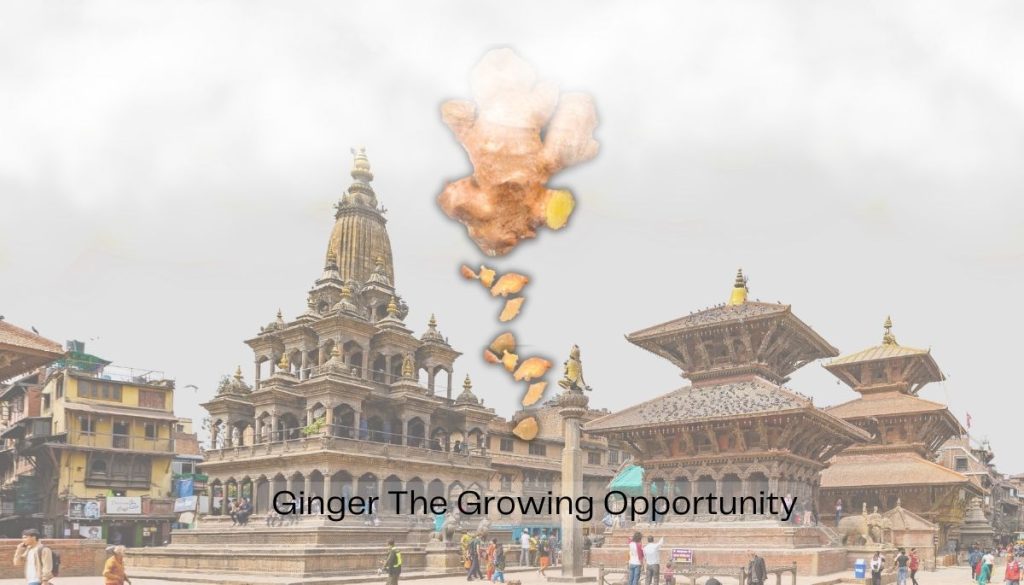Nepal’s ginger story starts in the village of Galdha Dhungana Bensi, nestled within the Nisdi Municipality-5 of Palpa.
Here, a women’s cooperative embarked on an organic ginger venture, certified as Organic last year.
Furthermore, their perseverance bore fruit as they successfully exported 4,460 kilograms of processed ginger to European markets, marking a significant milestone in Nepal’s agricultural panorama.
Expanding Horizons: From Palpa to Europe
The cooperative’s journey didn’t conclude there.
Encouraged by their organic certification, they first ventured into European markets by sending 850 kilograms of organic ginger samples for testing.
Finally, this year, their efforts paid off, as they exported processed ginger to Germany, further cementing their position in the international spice trade.
Empowering Communities Through Cooperation
Beneath Nepal’s ginger success story lies in its people’s steadfast commitment. The cooperative, comprising 544 women members, stands as a testament to collective endeavor and resilience.
Furthermore, with backing from governmental and non-governmental organizations, they’ve streamlined ginger cultivation, processing, packaging, and export, heralding economic prosperity in the region.
Facing Challenges, Embracing Opportunities
While the journey has been rife with challenges, it’s also brimming with promise.
In addition to that, The cooperative’s success has ignited hope among farmers in neighboring Jyamire, Mityal, Jhiruwas, and Sahalkot, who now aspire to delve into organic ginger cultivation.
However, infrastructural and resource constraints persist, emphasizing the necessity for sustained governmental and international assistance.
A Vision for the Future
Gazing forward, the cooperative envisions exporting 20,000 kilograms of ginger and 10,000 kilograms of processed ginger next year—a testament to their unwavering resolve and entrepreneurial zeal. With ongoing initiatives like the Prime Minister’s Agriculture Modernization Project, which allocated NPR 8 million to establish small ginger storage facilities in Palpa, the path to realizing this vision appears promising.
Conclusion
However, Nepal’s growth into ginger production is not merely a tale of agricultural ingenuity; it’s a narrative of fortitude, empowerment, and economic transformation.
As the aroma of Nepali ginger permeates across continents, it summarizes the boundless potential of rural communities and the enduring essence of collaboration. Truly, the journey from Palpa’s fertile lands to Europe’s bustling markets is a testament to the power of collective endeavor and the allure of Nepal’s ginger dream.
